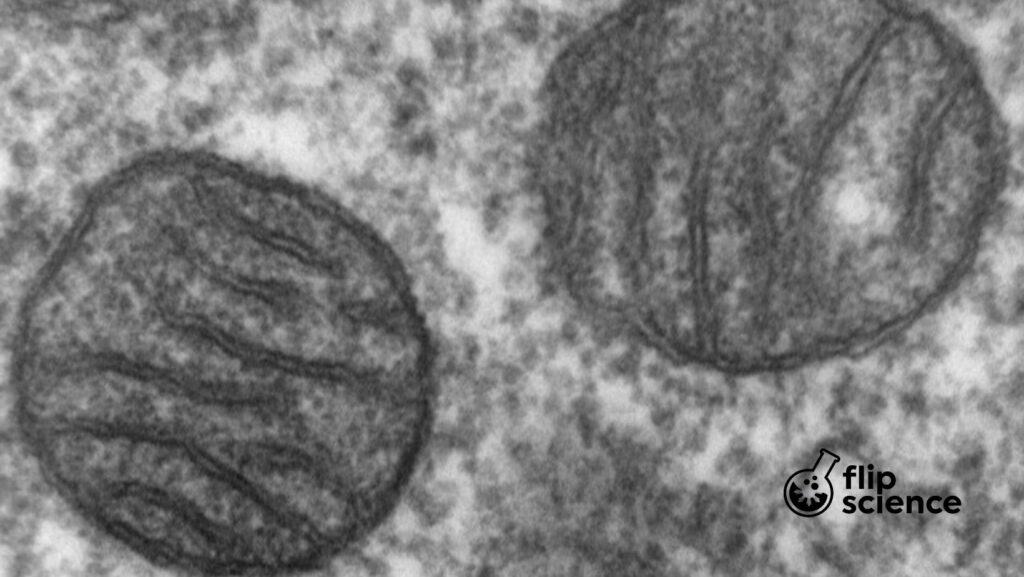
Many of us have this one scientific fact memorized: “The mitochondria are the powerhouse of the cell.” But did you know that there’s more to mitochondria than simply being energy generators?
The mitochondrion is one of the few organelles with its own DNA unique from the nuclear DNA. As fascinating as that sounds, it’s more intriguing to learn that the mitochondrial DNA is maternally transmitted. That is, you can only inherit the DNA in your mitochondria from your biological mother. In comparison, nuclear DNA combines your mother’s and father’s genes.
But how relevant is all of this information, exactly? As it turns out, it’s vital to know these, because certain diseases (called mitochondrial diseases) are passed on from the mother to the child due to this process.
Diseases may be transmitted through mitochondrial DNA
These are some familiar mitochondrial diseases caused by mutations in the mitochondrial DNA:
Leber hereditary optic neuropathy (LHON) – This condition leads to blindness and is associated with a mutation in the mitochondrial DNA. Around 10% (if female) and 50% (if male) of children born to a mother with LHON will have the disease.
Mitochondrial encephalopathy, lactic acidosis, and stroke-like episodes (MELAS) syndrome – This condition affects the nervous system. It manifests as stroke-like symptoms, blindness, paralysis, seizures, vomiting, hearing loss, and heart disease. The disease typically begins to manifest between early childhood (2 years of age) and mid-adolescence (15 years old), but some only discover they have this disease when they’re adults.
Myoclonic epilepsy with ragged red fibers (MERRF) – This condition targets the muscular and nervous systems. Thus, it may manifest as twitches and stiffening or weakening of muscles. You may also experience seizures, fatigue, vision loss, and other symptoms.
Neuropathy, ataxia, and retinitis pigmentosa (NARP) – This is a nervous system condition with symptoms that manifest early, but worsen over time. Such symptoms include vision loss, numbness, tingling, imbalance, pain, and muscle weakening.
Leigh syndrome – This condition primarily targets the central nervous system. Symptoms may appear when the person is as young as three months old. Thus, parents must watch out for constant crying, seizures, vomiting, inability or poor sucking, and other symptoms, as they may be signs of Leigh syndrome.
If you have mitochondrial diseases, you’re more prone to infection, stroke, organ failure, diabetes, heart problems, dementia, and other conditions. You can’t disregard these complications, as they may be fatal.
How is mitochondrial DNA (and disease) transmitted?
Mitochondrial DNA is transmitted through a maternal mode of inheritance or from mother to child. But why so?
During fertilization, the father or sperm’s mitochondria and their DNA are destroyed. Thus, a child’s mitochondria can only come from a parent with the organelle: the mother. Due to that, a transmission pattern can be observed in mitochondrial diseases caused by mutations in the mitochondrial DNA. If a mother has the disease or carries mutated genes, her kids will most likely have the genes and, subsequently, the illness. However, if the father has a mitochondrial disorder, he won’t be able to pass it on.
But why do children of mothers with mutated mitochondrial DNA not always have mutated genes or mitochondrial disease? There are a couple of reasons for that:
Many mitochondria. Every egg cell has multiple (even hundreds of ) mitochondria. If most of those are healthy, there’s a greater chance that those will be passed on to the child, and the latter won’t have a disease.
Other genes. Mitochondrial diseases may not just result from mitochondrial DNA mutation. Nuclear gene problems may also affect it, so if the mother’s mitochondrial disease was caused by a nuclear rather than mitochondrial gene disruption, there’s a chance the child won’t have it.
Mitochondrial diseases can seriously affect a person’s quality of life and survival, as they manifest with severe symptoms like blindness. It’s crucial to understand how they’re transmitted, so that future parents know the chances of their child having such an illness. —MF
References
- https://medlineplus.gov/genetics/condition/myoclonic-epilepsy-with-ragged-red-fibers/
- https://medlineplus.gov/genetics/condition/neuropathy-ataxia-and-retinitis-pigmentosa/
- https://my.clevelandclinic.org/health/diseases/25149-melas-syndrome
- https://my.clevelandclinic.org/health/diseases/15612-mitochondrial-diseases
- https://rarediseases.org/rare-diseases/melas-syndrome/
- https://www.mda.org/disease/mitochondrial-myopathies/causes-inheritance
- https://www.ninds.nih.gov/health-information/disorders/leigh-syndrome
- https://www.ncbi.nlm.nih.gov/books/NBK1224/









